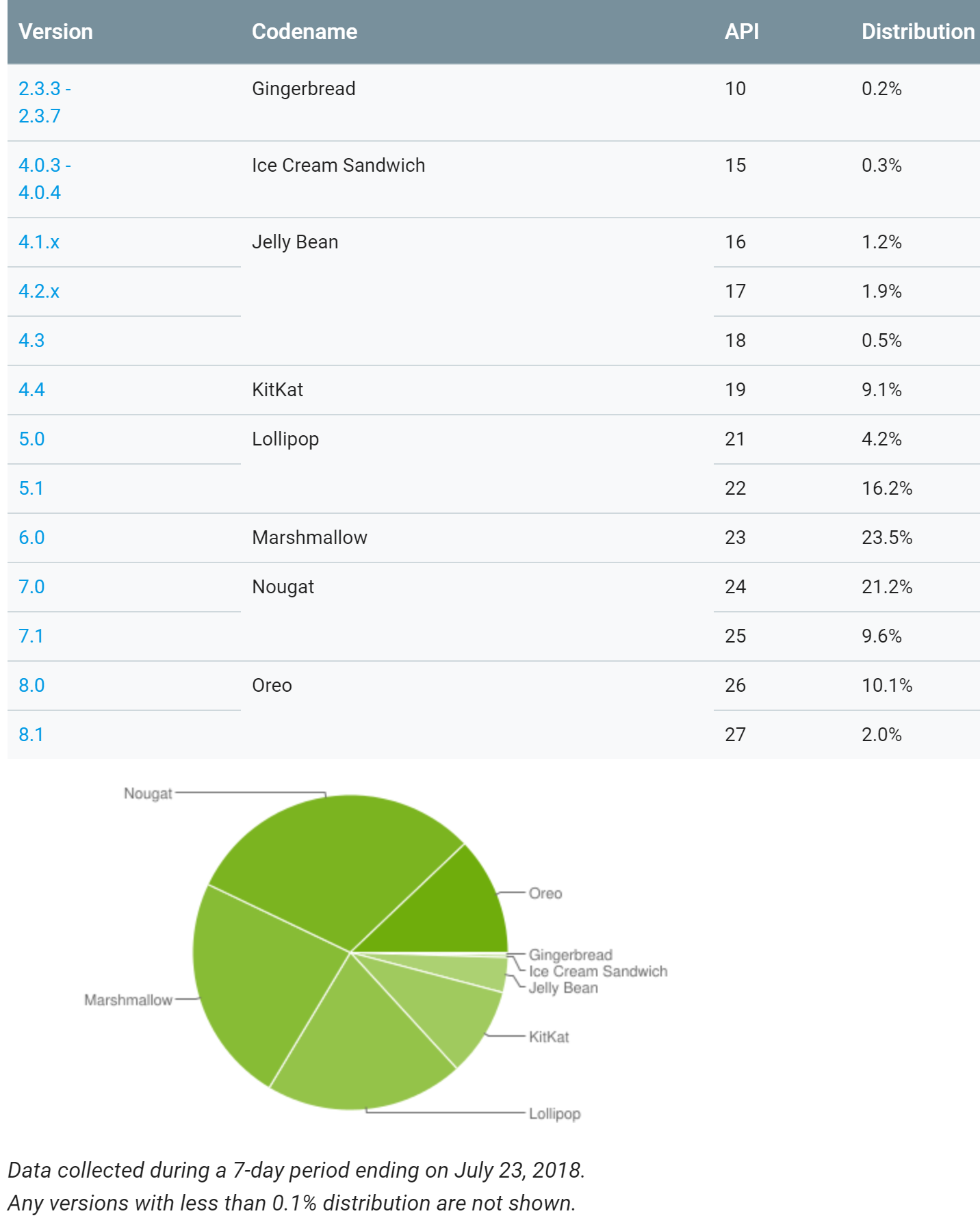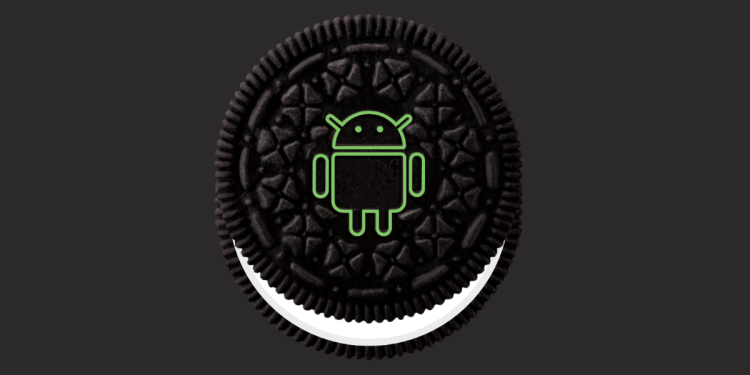testsetset
Like its predecessor Android Nougat, Android Oreo took 10 months to hit double digits, five months after breaking the 1 percent barrier. In other words, the latest Android version is not being adopted much faster than previous versions.
Per Google’s Platform Versions page, the latest and greatest version of the company’s mobile operating system has 12.1 percent adoption (compared to 11.5 percent for Nougat after 10 months). That’s abysmally slow, even if the percentage equates to numbers in the hundreds of millions. The latest version of Android typically takes more than a year to become the most-used release, and Oreo’s story is no different.

Here are the changes between May and July (Google skipped June for some reason):
June 5th: The AI Audit in NYC
Join us next week in NYC to engage with top executive leaders, delving into strategies for auditing AI models to ensure fairness, optimal performance, and ethical compliance across diverse organizations. Secure your attendance for this exclusive invite-only event.
- Android 8.0/8.1 Oreo (August 2017, December 2017): Up 6.4 points to 12.1 percent
- Android 7.0/7.1 Nougat (August 2016, October 2016): Down 0.3 points to 30.8 percent
- Android 6.0 Marshmallow (October 2015): Down 2.0 points to 23.5 percent
- Android 5.0/5.1 Lollipop (November 2014, March 2015): Down 2.0 points to 20.4 percent
- Android 4.4 KitKat (October 2013): Down 1.2 points to 9.1 percent
- Android 4.1/4.2/4.3 Jelly Bean (July 2012, November 2012, and July 2013): Down 0.7 points to 3.6 percent
- Android 4.0 Ice Cream Sandwich (December 2011): Down 0.1 points to 0.3 percent
- Android 2.3 Gingerbread (December 2010): Down 0.1 points to 0.2 percent
Google’s Platform Versions tool uses data gathered from the Google Play Store app, which requires Android 2.2 and above. This means devices running older versions are not included, nor are devices that don’t have Google Play installed (such as many Android phones and tablets in China, Amazon’s Fire line, and so on). Also, Android versions that have less than 0.1 percent adoption, such as Android 3.0 Honeycomb and Android 2.2 Froyo, are not listed. The two next-oldest Android versions are thus set to drop off the list sometime this year.
The Android adoption order now stands as follows: Nougat in first place, Marshmallow in second place, Lollipop in third, Oreo in fourth, KitKat in fifth, Jelly Bean in sixth, ICS in seventh, and Gingerbread in last. It will be a few more months before Oreo can break into the top three.

